Russian Suprematism
- During the period of downfall of World War I (Russian Revolution)
- During the period of political trauma in Russia, a brief flowering of creative art in Russia had an international influence on twentieth-century graphic design and typography
- Russian artists absorb cubism and futurism then move on to new innovations
- Kasimir Malevich (1878-1935) founded a painting style that combine basic form of cubism and futurism with pure colour that he called suprematism
- Malevich created an elemental geometric abstraction that was new, nonobjective, and pure
- Ilya Zdanevich (1894-1975)
- David and Vladimir Burliuk (1882-1967, 1886-1917)
Russian Constructivism
- By 1920, a deep ideological split developed concerning the role of the artist in the new communist state
- Artist rejected a social or political role, believing the sole aim of art to be realising the perceptions of the world by inventing forms in space and time
- There are 25 artists who considered themselves constructivist artist. by stop producing useless things
- Tectonics, texture and construction are the three principles of constructivism
- Tectonic represented the unification of communist ideology
- Texture meant the nature of materials and how they are used in industrial production
- Construction symbolised the creative process and the search for laws of visual organisation
- The constructivist ideal was best realised by El (Lazar Markovich) Lissitzky, and profoundly ifluenced the course of graphic design.
- El Lissitzky (1890-1941):
- Influenced by El Lissitzky
- Alexander Rodchenko (1891-1956)
De Stijl (The Style)
- Was found in Netherlands in the late summer 1917
- The founder are Theo van Doesburg, Piet Mondrian, Bart van der Leck, and Vilmos Huszar, Jacobus Johannes Pieter Oud, and others
- Abstract Geometric style, and using horizontal and vertical element, and the three colour principles (red, green, blue)
- Applied in posters, book design, illustration, and architecture
- Piet Mondrian (1872-1944)
Influenced:
- Theo Van Doesburg (1883-1931)
- Bart van der Leck (1876-1958)
- Vilmos Huszar (1884-1960)
- Henryk Berlewi (1894-1967)
- Ladislav Sutnar (1897-1976)
- Laszlo Moholy-Nagy (1895-1946)
School of Bauhaus
- The architect Walter Gropius (1883-1969) was appointed as director of the former grand-ducal fine arts academy of Saxony in Weimar
- Gropius united it with the school of applied arts which had beed closed since 1915 and renamed it the State Bauhaus in Wiemar
- The Bauhaus Mnifesto and the university programme both written by Gropius, were published on April 1919
- Bauhaus building:
- The model for the new school was to be the medieval lodges associated with cathedral construction, where craftsmen and artists collaborated to create the great Gothic cathedral. The model may have ben backward-looing, but Gropius' vision was modern
- In 1919, members of parliament gathered in Weimar to write the new constitution, out of the way of the revolutionary unrest in Berlin
- in 1919, the conflict between a system of revolutionary councils and parliamentary democracy was settled in favour of a state with a democratic constitution
- "Art and the people have to join forces" was the slogan in one of the leafiest the council distributed in March 1919
- Bauhaus artists:
- Gropius began by appointing three artists as Bauhaus masters: the painter Lyonel Feininger, the sculptor Gerhard Marcks and the painter and art educator Johannes Itten
- They were later joined by the painters Georg Muche, Paul Klee, Oskar Schlemmer, and Wassily Kandinsky
- The Bauhaus took up residence in the Jungendstil buildings of the art school that were designed by Henry van de Velde
- Bauhaus methods:
- At first, teaching at the Bauhaus was not organised in master classes but in workshops. The "masters of form", the artists and architects, were accompanied by "master craftsmen" with qualifications in various trades
- Gradually workshops were developed for metalwork, weaving, ceramics, furniture, typography, and the theatre
- The early Weimar years are regarded as the romantic, almost esoteric phase. In this respect Johannes Itten made a major contribution
- Together with Bauhaus master Gertrud Grunow, Itten invented the foundation course, the key innovation which to this day has continuously influenced the curriculum of art and design school throughout the work
- During these courses new students received comprehensive instructions in the foundation of aesthetics and form before specializing in the individual workshop
- However, Itten also used his foundation course to imbue students with his obscure pseudo-religious Mazdaznaz beliefs. Many students and members of staff turned away from such irrational teaching content
- Laszlo Moholy-Nagy
- Herbert Bayer
The New Typography
Typeface design in the first half of the 20th century
- Jan Tschichold
- Eric Gill
- Paul Renner
- Rudolf Koch
 |
| on behance |
- Piet Zwart
- Hendrik N Werkman
- Willem Sandberg


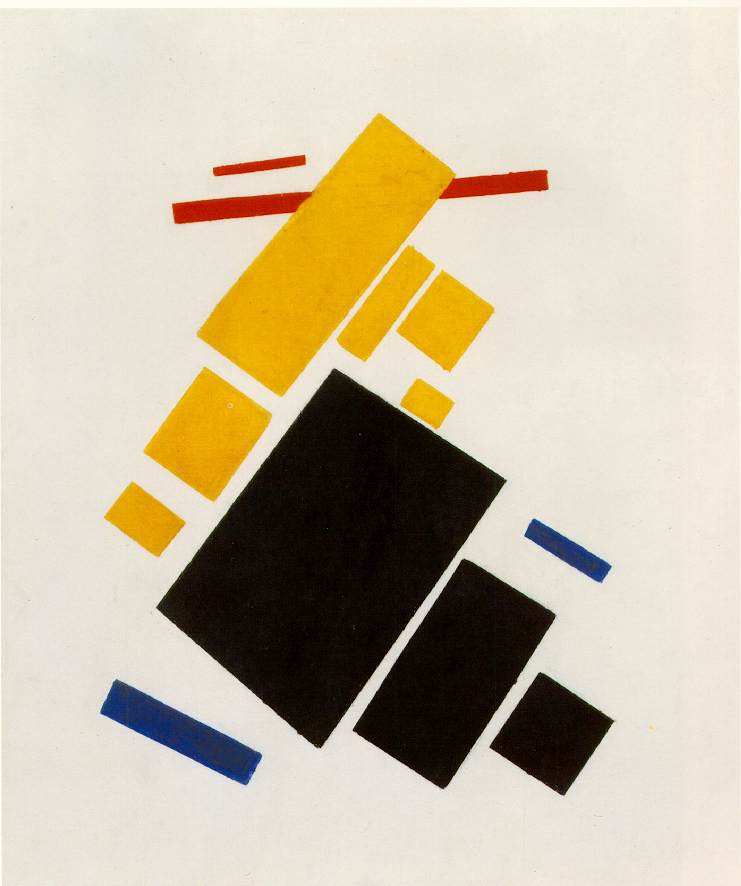
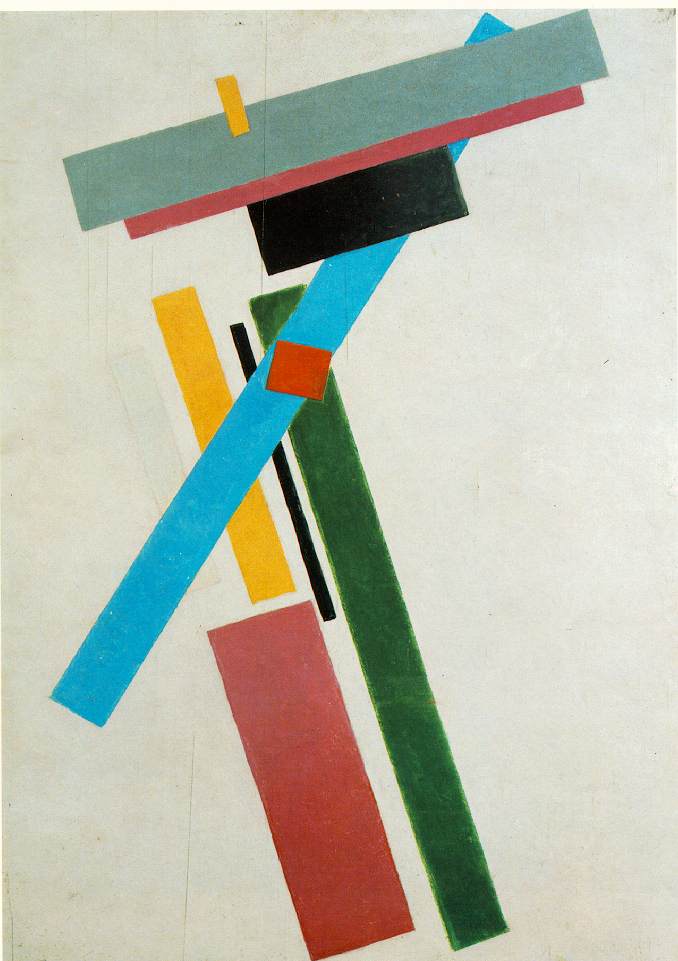

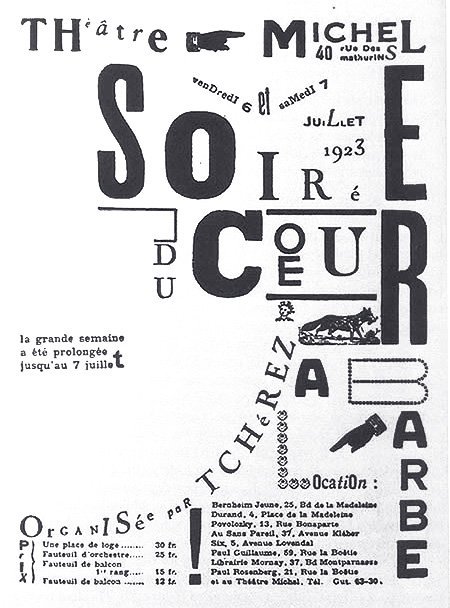
















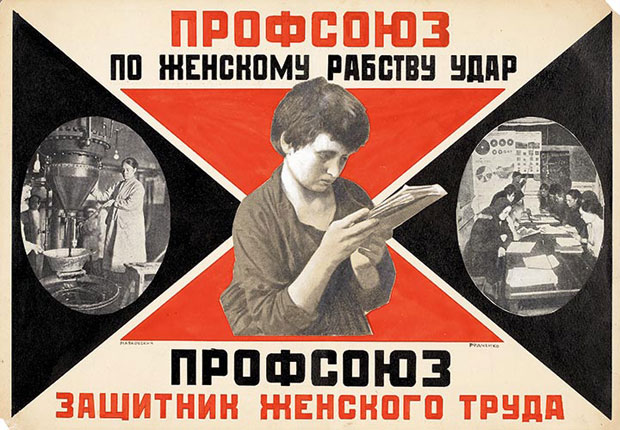
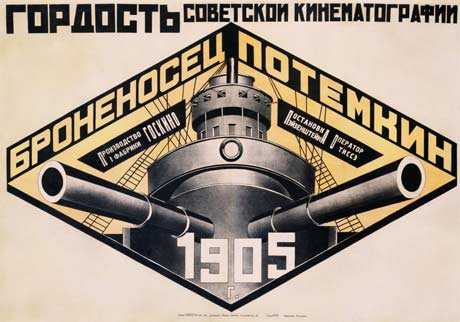




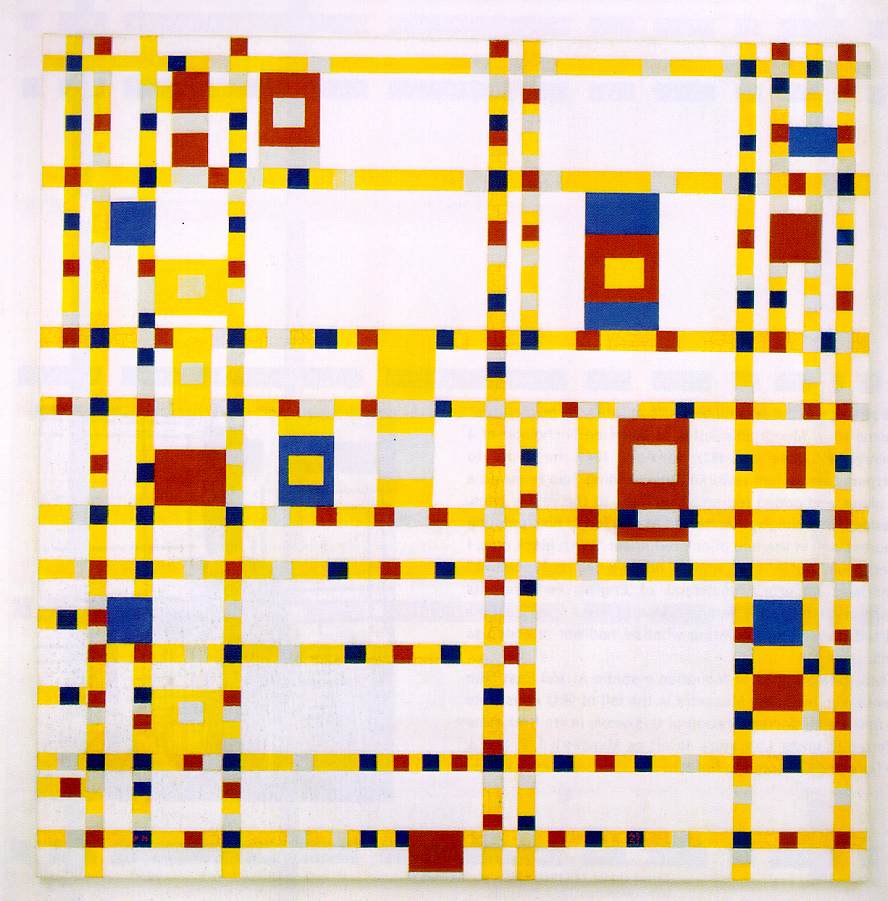













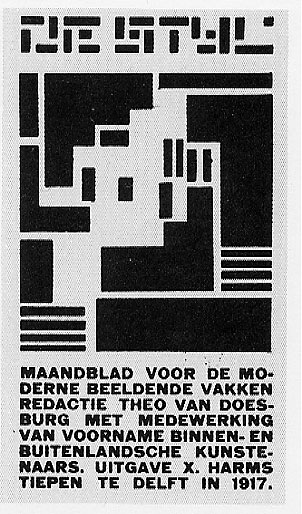
/Art-Abstract-Posters-Texts-(Dutch)-@PS135.jpg)










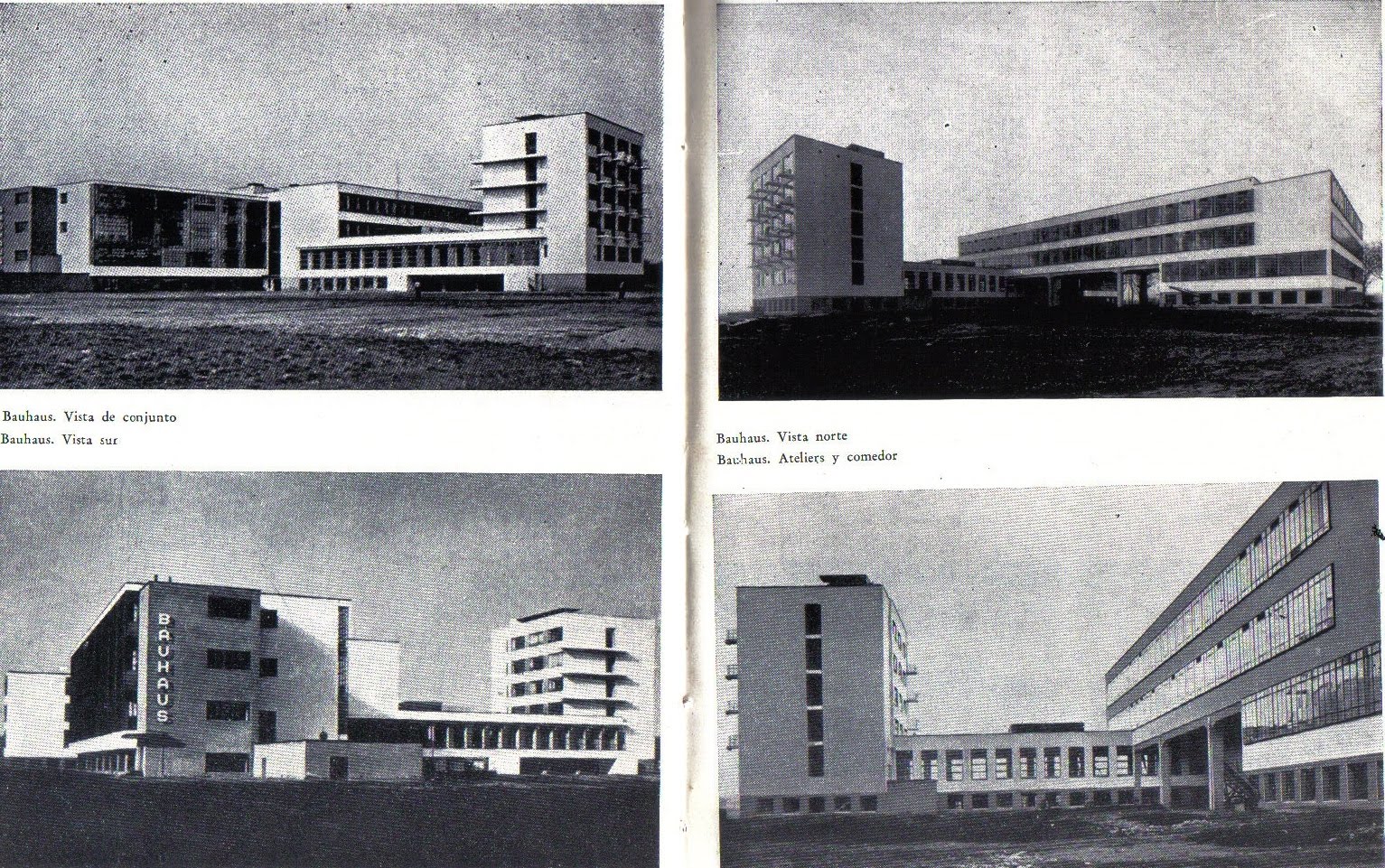




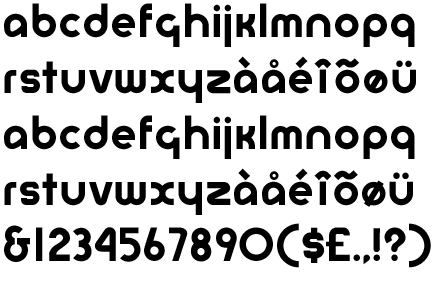


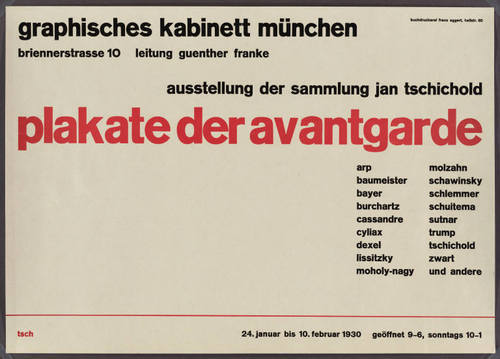



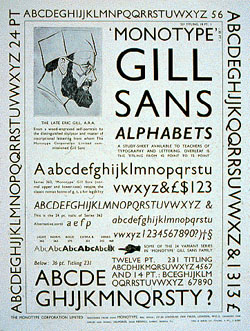
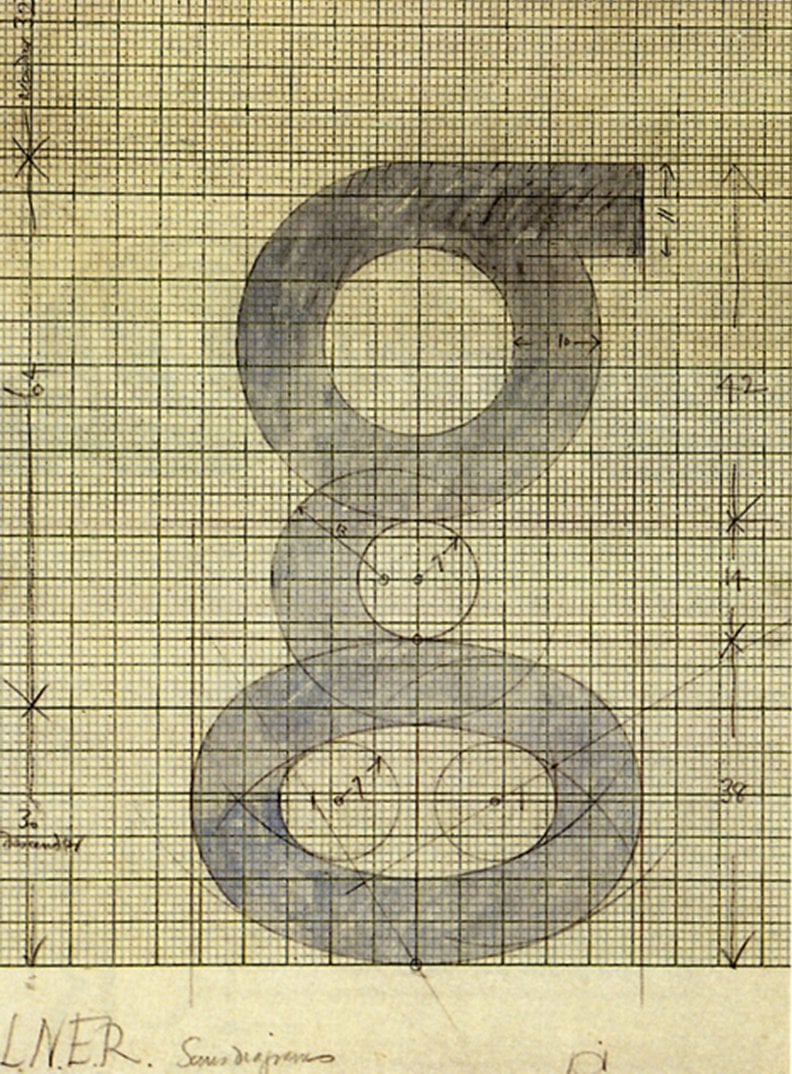
















No comments:
Post a Comment